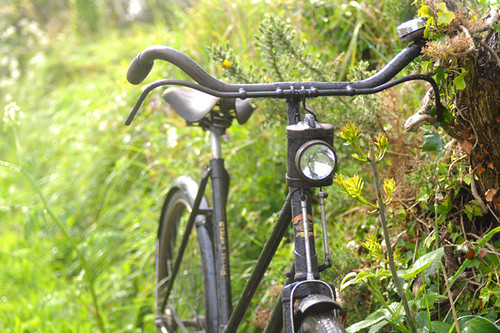
When vintage bicycle collector Chris Sharp invited me to join a VCC ride in Northern Ireland, he also offered to lend me one of his pre-war roadsters and I gladly accepted. We corresponded about this for some time, and I arrived very curious what my loaner bike would be. Before the ride, Chris took me aside and told me he had something very special picked out. "I'd like to know what you think of it."
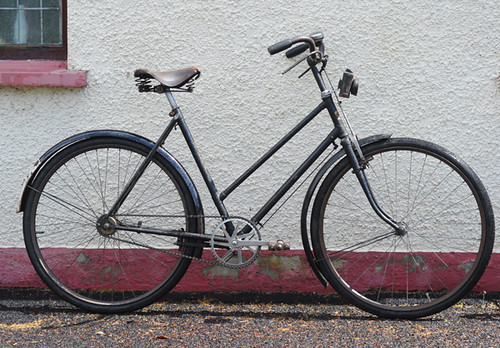
When he pointed out this bike across the yard, I admit I was a little surprised. It was certainly a nice bike. But considering some of the other machines in his impressive collection, there did not seem anything extraordinary about it: a plain black step-through with rod brakes.
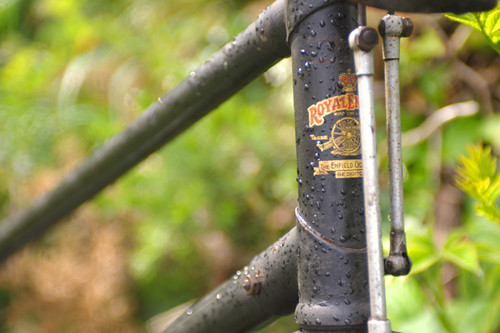
"It's a 1941 Royal Enfield Sports Roadster, single speed, "Chris explained, studying my reaction. "I think you'll like it." Puzzled, I stood there looking at the bike as our group prepared to take off.

Aside from the original Brooks B18 saddle, I just didn't see anything remarkable about it. The drivetrain was in the right place. Nothing eccentric about the components. Ordinary lugwork. I didn't get it.
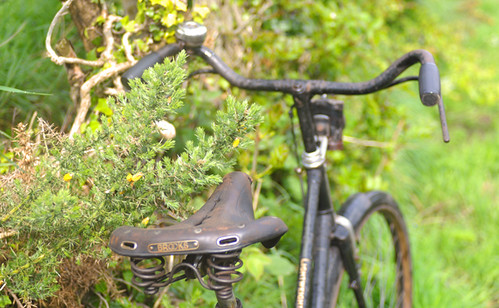
Furthermore, it occurred to me that riding a heavy ancient single speed with rod brakes was maybe just a tad ill advised in a hilly area with a group of people I'd never met before. Would I have to walk it uphill? Would I be able to stop downhill? But the ride began before I had time to dwell on these questions.

And that is when I learned what the mystery was, and what made this Royal Enfield so special: This bike was a rocket! A 45lb rocket, but a rocket nonetheless. It accelerated at the drop of a hat.It sailed effortlessly uphill. It plunged downhill.Its maneuverability and stability were impeccable.Riding through a stretch of rough gravel road, it rolled jauntily along as if on smooth asphalt.On top of that, the rod brakes actually worked, no worse than modern caliper brakes. "How are you liking that bike?" Chris would ask with a wink. But the answer was pretty clear, as for the entire ride I was in a state of permanent jaw-drop. How could something so old, clunky and seemingly ordinary handle like this?
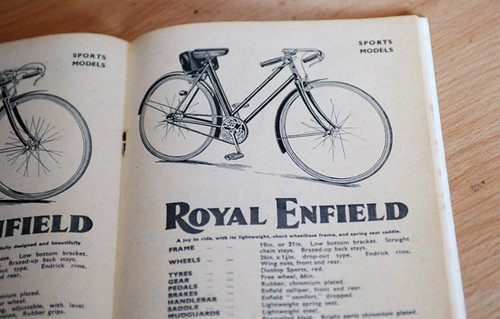
Chris's theory is that this 1941 Royal Enfield happens to be an especially successful specimen of what was once known as the Sports Roadster: an upright model designed for leisure cycling, with more aggressive geometry and a shorter wheelbase than the more stately Roadster model. Raleigh made a Sports Roadster as well, as did most other English manufacturers of that time. The ladies' versions had straight step through frames, instead of the loop frames of the Roadster/Tourist bikes.
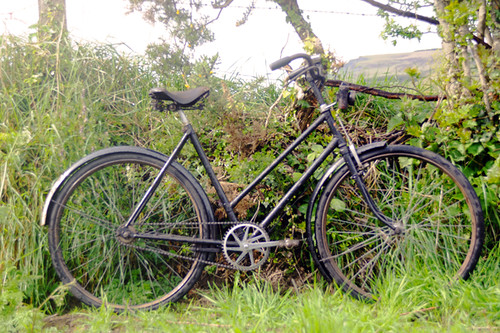
The following week, I paid Chris Sharp another visit and we went on a ride just the two of us. Once again I was given the Royal Enfield - I had to confirm whether my memory of how well it rode had been accurate. We were spectacularly unlucky with the weather that day, and it began to rain not long after we set off. Soon we were riding in a downpour, and by the time we decided to turn around, the shortest route back was 20 minutes. The rain was so bad we could hardly see in front of us.
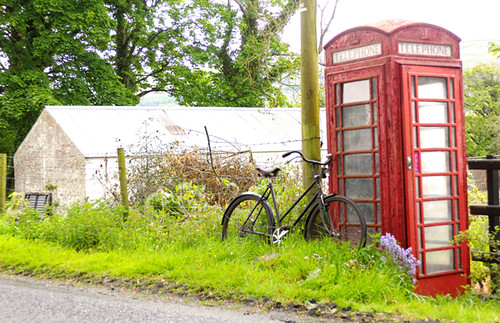
I would never have imagined that I could ride a bike like the Royal Enfield in such weather, but it was fantastic. It handled no differently in the rain, and - perhaps most amazing of all - the rod brakes remained perfectly functional.
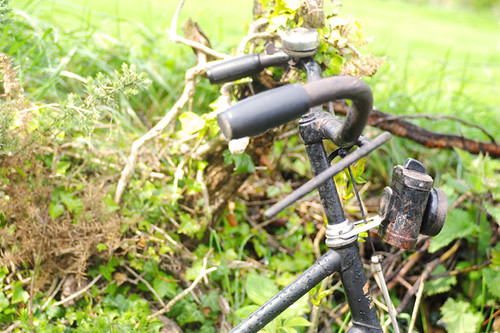
Really, these must be some magical rod brakes. Normally this type of brake is notorious for loss of functionality in wet conditions.
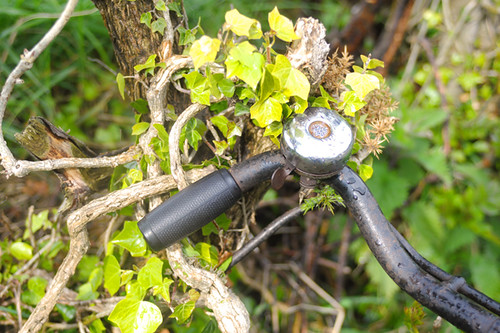
Overall, to say that I was impressed by this bicycle would be an understatement. "They don't make them like they used to" is a cliche I do not always agree with, but in this case it happens to be correct: I do not know of a modern step-through city bike that handles quite like this. Some come close, but this one wins nonetheless.

While a 1941 Royal Enfield Sports Roadster is a pretty obscure bicycle, my point is really more general. I've mentioned before that I tend to prefer the handling of vintage European strep-through city bikes to that of any contemporary version I have tried so far. In my experience, the older bikes tend to be not only more comfortable, but also faster - despite usually being at least as heavy and made of lower quality tubing. What was their secret? And why, with all our technology, can we not match - let alone improve upon - their ride quality today? It is a mystery that I would love to figure out some day.
No comments:
Post a Comment